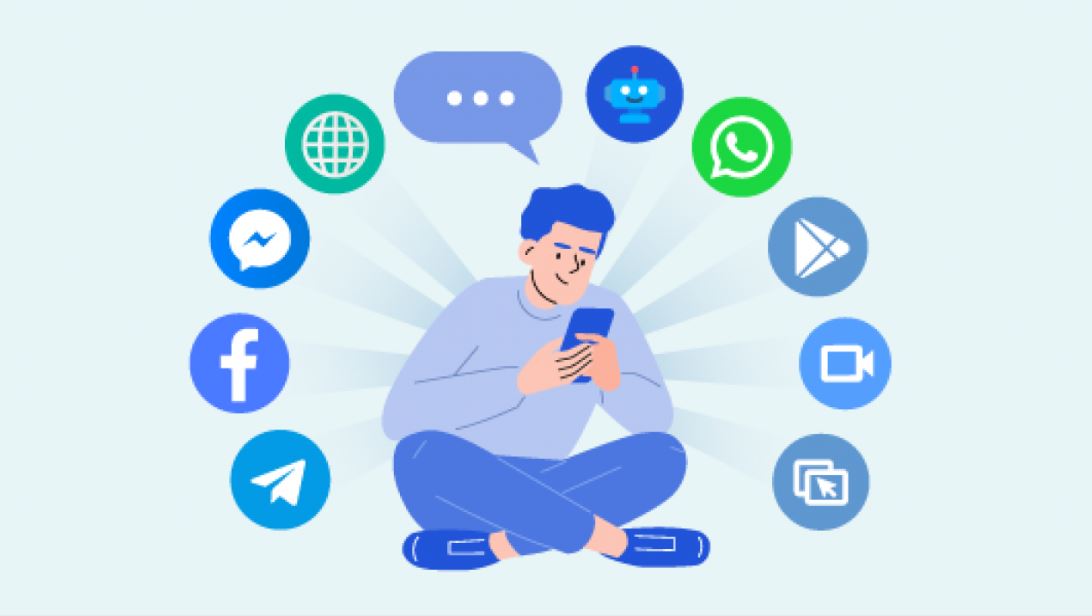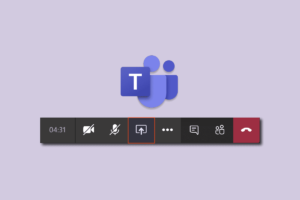In today’s world, customers like to reach out in many ways – like making a phone call, sending an email, or even dropping a message on social media. Hence, the multichannel support comes into the picture. Multichannel support allows companies to cater to these needs, helping to provide efficient and accessible customer service.
By incorporating multiple support channels, such as phone, email, chat, and social media, your business can cater to diverse preferences and deliver the best possible service to your customers. Let’s explore the magic behind offering many doors for your customers to knock on. Ready for the journey? Let’s begin!”
What is Multichannel Support?
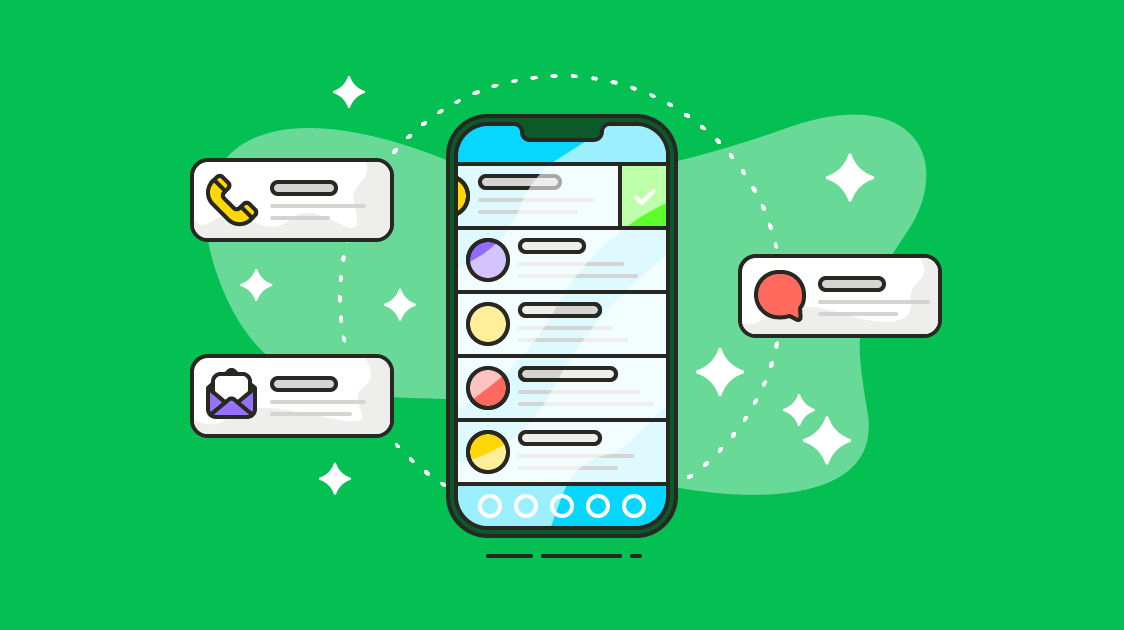
Multichannel support refers to providing customer service through multiple communication channels. This approach allows customers to choose the method of communication that works best for them, enhancing their overall experience. By understanding multichannel support, you can create a more effective and comprehensive strategy to cater to your customer’s needs.
Different Channels in Multichannel Support
1. Phone Support

Phone support is a traditional channel that allows you to communicate directly with customers through phone calls. This channel is a great way to address complex issues, provide immediate assistance, and build strong relationships with your customers. Always ensure your phone support is responsive and efficient to maintain customer satisfaction.
2. Email Support

Email support is an essential channel for managing and addressing customer inquiries. By responding promptly and professionally to customer emails, you can resolve concerns, answer questions, and provide important updates. One advantage of email support is that it enables both your customers and support agents to keep track of communication, ensuring consistency in solving problems.
3. Social Media Support
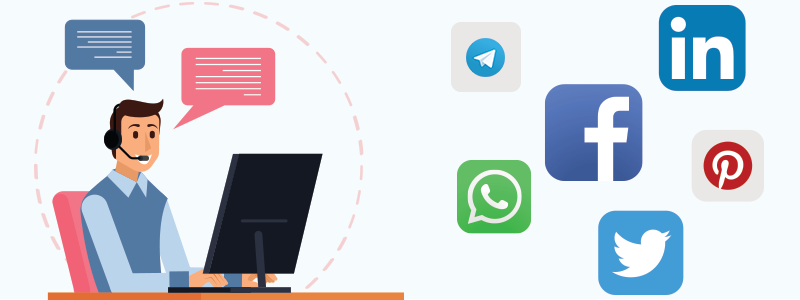
Social media support is another vital channel in multichannel support. It enabling you to communicate with your customers on popular social media channels like Facebook, Twitter, and Instagram. This support channel allows for convenient and real-time interactions. Monitor your social media channels closely and ensure a timely response to address customer queries and concerns effectively. You can use a VPN for a more secured pace of work.
4. Live Chat Support

Live chat support is a fast-growing channel that allows customers to chat directly with support agents on your website. This real-time interaction can lead to quicker resolutions and a better customer experience. Implement live chat support on your website strategically, ensuring agents can assist customers during peak hours and providing helpful resources to address frequently asked questions.
5. Self-Service Options

Self-service options include resources like Frequently Asked Questions (FAQs), knowledge base articles, video tutorials, and forums. These resources empower customers to find solutions to their problems without reaching out to your support team directly. Offering relevant and easily accessible self-service options not only benefits your customers but also saves your support team time and resources.
Benefits of Multichannel Support
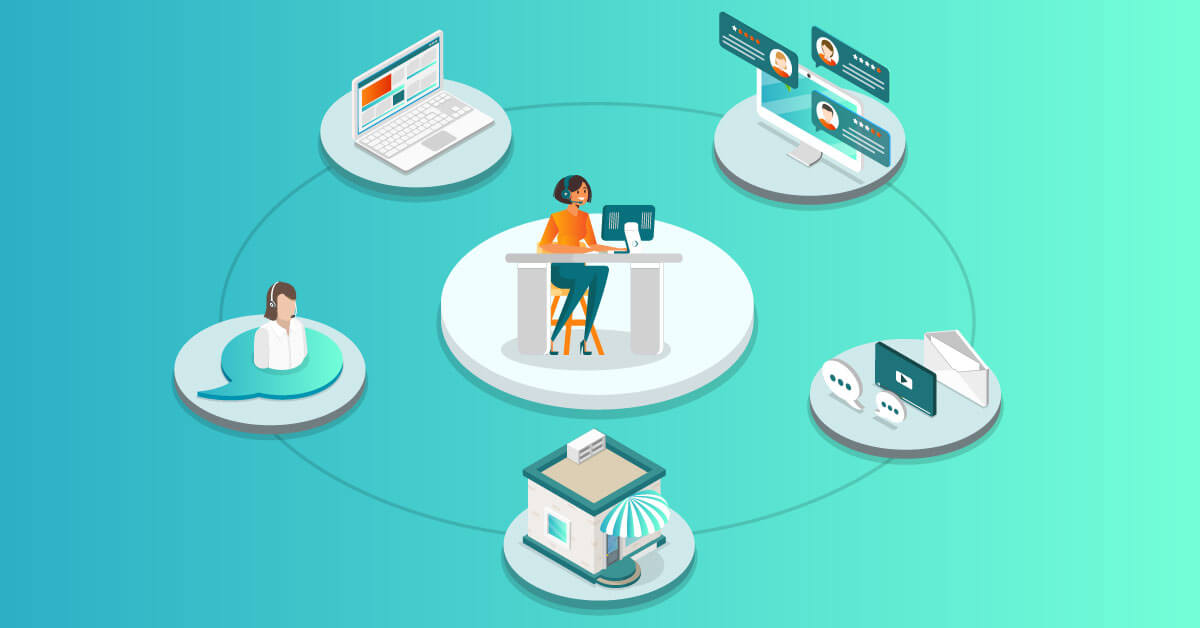
In today’s fast-paced world, customers expect businesses to offer seamless support through various communication channels. Multichannel support allows companies to cater to these needs, helping you provide efficient and accessible customer service. Let’s check what benefits it holds.
1. Customer Engagement
Offering multichannel support can significantly enhance your customer experience. By providing support through various channels, such as telephone, email, live chat, and social media, you enable your customers to choose the best method for their needs and preferences. This makes it easier for them to get the help they need, increasing customer satisfaction.
2. Better Customer Satisfaction
In addition to improving customer satisfaction, multichannel support can also boost your business’s efficiency. For example, some customers may prefer quick responses via live chat, while others may enjoy the convenience of email or social media support. By accommodating these preferences, your support team can address customer concerns more effectively. This allows you to resolve issues faster, leading to reduced response and resolution times.
3. Increased Revenue
Another benefit of multichannel support is its potential to increase your company’s revenue. Providing support through multiple channels can lead to higher customer retention rates, as customers who receive quick and efficient assistance are more likely to remain loyal to your brand.
The Role of AI in Multichannel Support

In today’s world, customers interact with businesses through various channels, including email, social media, live chat, and phone calls. Managing these channels can be overwhelming. However, AI-powered solutions provide a seamless customer experience across different platforms. You can check this page for more AI-related news. Let’s check it out how.
- AI chatbots can handle numerous inquiries simultaneously
- It reduces response times and provides personalized assistance.
- Customers can receive immediate support
- AI-driven virtual assistants can provide smart routing
- AI can quickly identify the nature of the issue and route it to the best available resource.
- Helps in automating common tasks that are time-consuming and repetitive.
The Future of Multichannel Support
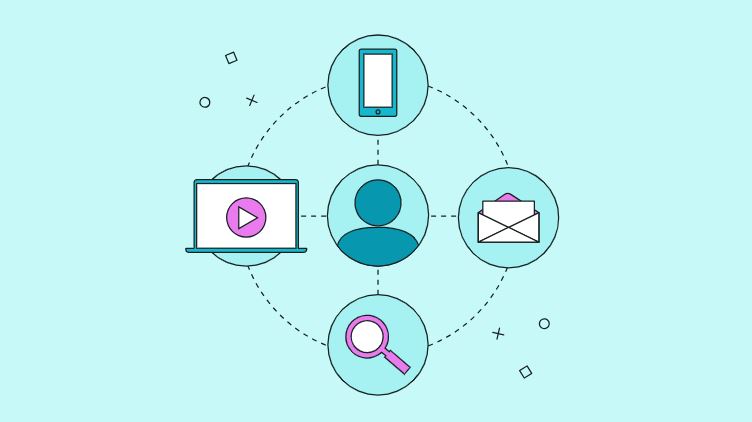
As the world continues to evolve and become more digitized, so does the expectation for customer service and support. Considering the following elements in your multichannel support strategy, you can adapt and thrive in the constantly changing customer support landscape. Let’s check what the future holds for multichannel support:
1. Omnichannel Support
A key element shaping the future of multichannel support is the rise of omnichannel support. While multichannel support involves offering various channels for your customers to engage with, omnichannel support takes it a step further by providing a seamless experience across all channels, ensuring consistency and integration for your customers.
2. Mobile Support
Mobile support is also an integral part of the future of multichannel support. As more people rely heavily on their smartphones and tablets, optimizing your support channels and content to cater to these devices is crucial. Be adaptive and responsive, considering the need for ease of use and accessibility.
3. Automation Tool
Investing in automation tools will become increasingly important as businesses aim to streamline processes and ensure efficient service. Utilizing automation can help monitor, filter, and channel customer queries to the right support agents, improving response times and customer satisfaction.
Frequently Asked Questions
Q1. What are the benefits of implementing multi-channel support?
Implementing multi-channel support brings numerous advantages to your business. First, Meeting their preferences means they’re more likely to engage with your brand. Second, multi-channel support helps prevent frustration and confusion. Lastly, this approach provides valuable data on customer interactions.
Q2. How does multi-channel support improve customer satisfaction?
Multi-channel support can significantly improve customer satisfaction by providing timely and appropriate assistance through customers’ preferred channels. By being present on various platforms, you enhance accessibility, making it more convenient for customers to reach out for help.
Q3. What are the key elements for a successful multichannel strategy?
To develop a successful multichannel strategy, consider these key elements:
- Be present on relevant channels: Analyze customer behavior and preferences to determine which communication channels to prioritize.
- Ensure consistency: Align responses and messaging across platforms to avoid confusion and maintain a cohesive brand image.
Train your support team: Equip your team with the knowledge and resources to handle different platforms effectively and deliver seamless support across various channels.
